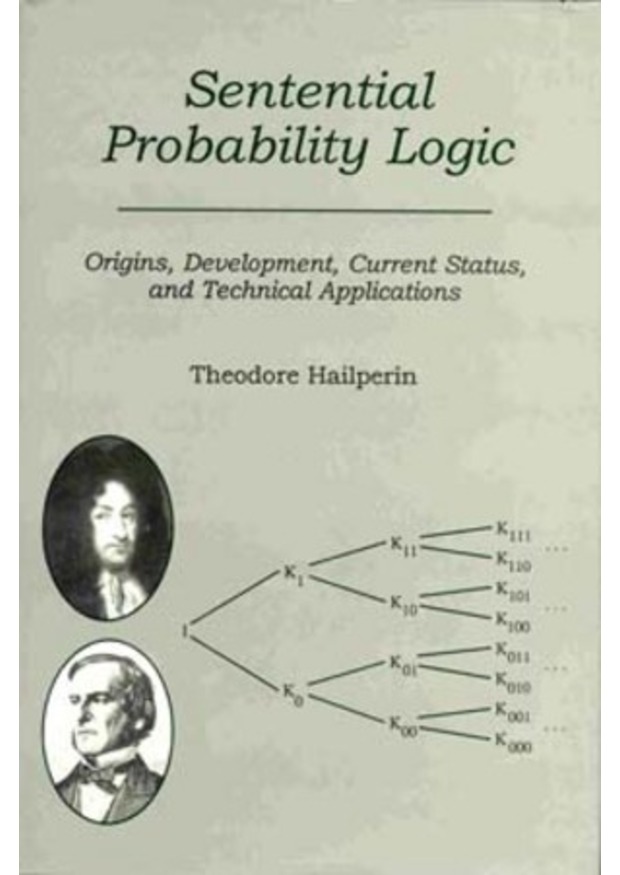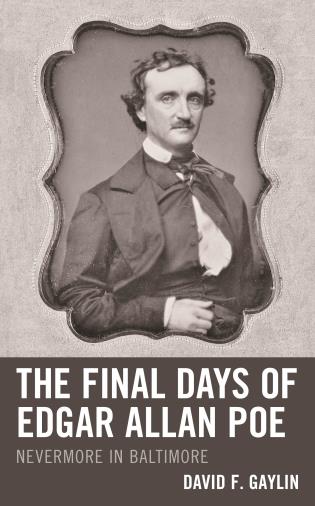Origins, Development, Current Status, and Technical Applications
This study presents a logic in which probability values play a semantic role comparable to that of truth values in conventional logic. The difference comes in the semantic definition of logical consequence. It will be of interest to logicians, both philosophical and mathematical, and to investigators making use of logical inference under uncertainty, such as in operations research, risk analysis, artificial intelligence, and expert systems.
Believing in the value of historically informed presentation, author Theodore Hailperin includes three chapters tracing origins, beginning with a discussion of Leibniz, who was the first to envision a probability logic. Also discussed in detail are the initial results relating probability and logic due to Jakob Bernoulli and continued to J. H. Lambert. The next two chapters deal with the nineteenth-century work of Bolzano, De Morgan, and Boole, and the twentieth-century topic of probabilistic inference.
The fourth chapter introduces an original form of logic in which probability values play a semantic role comparable to that of truth values in conventional verity logic. Serving to distinguish probability logic from verity logic, both of which nevertheless share a common formal syntax, is the key semantic notion of logical consequence.
The fifth chapter covers an extension of probability logic that includes conventional probability. Involved is a new logical notion, that of the suppositional (B, supposing that A is the case) replacing the ordinary conditional (B, if A). Hailperin cites a number of valid logical consequences with conditional probabilities including an especially interesting example, Boole's Challenge Problem. A concluding section compares this semantically based logic with an algebraically based approach to conditional events due to I. R. Goodman and H. T. Nguyen.
The final chapter looks at some applications in which the treatment is most natural from the viewpoint of probability logic. Using the logical representation of combinational circuits having switches or gates, the problem of determining the probability of a gate being activated, given the probabilities of input gates being activated, is the same as that of a sentence being a probability logical consequence of certain other sentences. Examples of this are described in connection with circuit fault testing and fault trees. Some final examples illustrate uses of probability logic in problems of network reliability. Also noted is its close affinity to the transmission of uncertainty in (verity) logical inference.













